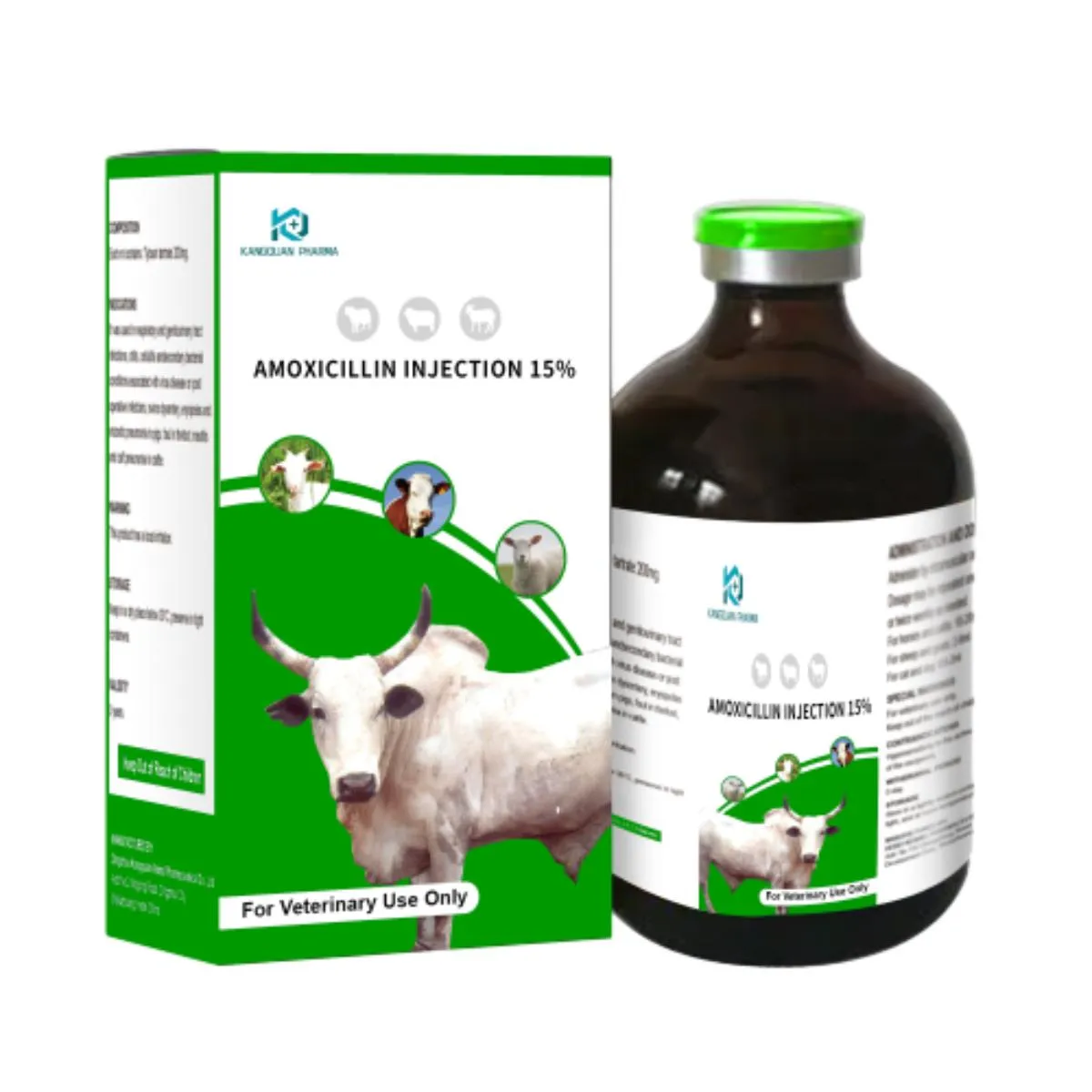- Afrikaans
- Albanian
- Amharic
- Arabic
- Armenian
- Azerbaijani
- Basque
- Belarusian
- Bengali
- Bosnian
- Bulgarian
- Catalan
- Cebuano
- Corsican
- Croatian
- Czech
- Danish
- Dutch
- English
- Esperanto
- Estonian
- Finnish
- French
- Frisian
- Galician
- Georgian
- German
- Greek
- Gujarati
- Haitian Creole
- hausa
- hawaiian
- Hebrew
- Hindi
- Miao
- Hungarian
- Icelandic
- igbo
- Indonesian
- irish
- Italian
- Japanese
- Javanese
- Kannada
- kazakh
- Khmer
- Rwandese
- Korean
- Kurdish
- Kyrgyz
- Lao
- Latin
- Latvian
- Lithuanian
- Luxembourgish
- Macedonian
- Malgashi
- Malay
- Malayalam
- Maltese
- Maori
- Marathi
- Mongolian
- Myanmar
- Nepali
- Norwegian
- Norwegian
- Occitan
- Pashto
- Persian
- Polish
- Portuguese
- Punjabi
- Romanian
- Russian
- Samoan
- Scottish Gaelic
- Serbian
- Sesotho
- Shona
- Sindhi
- Sinhala
- Slovak
- Slovenian
- Somali
- Spanish
- Sundanese
- Swahili
- Swedish
- Tagalog
- Tajik
- Tamil
- Tatar
- Telugu
- Thai
- Turkish
- Turkmen
- Ukrainian
- Urdu
- Uighur
- Uzbek
- Vietnamese
- Welsh
- Bantu
- Yiddish
- Yoruba
- Zulu
Desemba . 26, 2024 17:10 Back to list
levamisole hydrochloride and oxyclozanide
The Therapeutic Potential of Levamisole Hydrochloride and Oxyclozanide
In recent years, the combination of Levamisole Hydrochloride and Oxyclozanide has garnered attention in the field of veterinary and human medicine. Each compound possesses unique pharmacological properties, making them effective in treating a range of parasitic infections, particularly in livestock, and providing potential benefits in human health as well.
Understanding the Compounds
Levamisole Hydrochloride is an anthelmintic agent, primarily utilized to combat parasitic infections caused by nematodes. Originally developed as a drug for livestock, it is also recognized for its immunomodulatory effects. Levamisole works by inducing paralysis in parasites, which facilitates their expulsion from the host’s body. Its secondary functions include stimulating the immune response, making it useful not just as a treatment for infections but also in conditions where immune function is compromised.
Oxyclozanide, on the other hand, is another effective anthelmintic that targets trematodes (flukes) and certain nematodes. It operates via a different mechanism, disrupting the energy metabolism of parasites. This compound is particularly noted for its efficacy against liver flukes and is crucial in preventing and treating fascioliasis, a parasitic disease that affects livestock and can have significant economic implications.
Synergistic Effects in Treatment
The combination of Levamisole Hydrochloride and Oxyclozanide presents a synergistic approach to treating parasitic infections. By targeting different parasitic life stages and metabolic processes, the co-administration of these two agents can enhance therapeutic efficacy. This combination not only broadens the spectrum of action against various parasites but can also reduce the likelihood of resistance development, a growing concern in parasitic pharmacotherapy.
For example, in livestock, this combination is particularly useful in controlling infections that can lead to decreased productivity and increased veterinary costs. Diseases caused by nematodes and trematodes can lead to significant weight loss, milk production decline, and overall health deterioration. The strategic use of Levamisole and Oxyclozanide can mitigate these losses, improving animal welfare and farm economics.
levamisole hydrochloride and oxyclozanide

Implications in Human Health
Beyond veterinary applications, there is growing interest in the potential applications of these compounds in human medicine. The immunomodulatory effects of Levamisole have prompted research into its use as an adjunct treatment in various diseases, including certain cancers and autoimmune disorders. Its ability to enhance immune function could prove beneficial in enhancing response to vaccines or in combating chronic infections.
While Oxyclozanide has been primarily studied in the context of veterinary medicine, its efficacy against trematodes raises the question of whether similar applications could be developed for human health. For instance, it could potentially aid in treating human cases of liver fluke infections, which, although less common, can lead to severe health issues.
Safety and Efficacy
The safety profile of both Levamisole Hydrochloride and Oxyclozanide has been well-documented in various studies, showing minimal adverse effects when used appropriately. However, the potential for side effects, drug interactions, and contraindications warrants careful consideration by healthcare providers. Monitoring for any adverse reactions, especially when used in combination, is essential to ensure patient safety.
Conclusion
The combination of Levamisole Hydrochloride and Oxyclozanide represents a promising development in the treatment of parasitic infections across both veterinary and human medicine. As we continue to face challenges posed by resistant parasite strains, exploring innovative combinations of existing therapeutics could pave the way for more effective and safer treatment options. Further research into the pharmacodynamics and clinical applications of these compounds will not only enhance our understanding of parasitic diseases but also illuminate potential pathways for broader therapeutic interventions. As we advance in this field, the goal remains clear to improve health outcomes for both animals and humans alike through the application of science and medicine.
-
Guide to Oxytetracycline Injection
NewsMar.27,2025
-
Guide to Colistin Sulphate
NewsMar.27,2025
-
Gentamicin Sulfate: Uses, Price, And Key Information
NewsMar.27,2025
-
Enrofloxacin Injection: Uses, Price, And Supplier Information
NewsMar.27,2025
-
Dexamethasone Sodium Phosphate Injection: Uses, Price, And Key Information
NewsMar.27,2025
-
Albendazole Tablet: Uses, Dosage, Cost, And Key Information
NewsMar.27,2025













